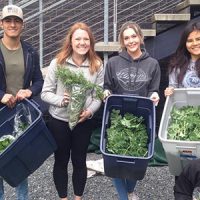Babbling Brook of Rhododendron Glen
IMG_0073
Enjoy this 50 sec video capturing rare footage of Rhododendron Glen’s creek in full grandeur after recent snow melt and heavy rains. Filmed by Ron Schmaltz, UWBG horticulturist assigned to Rhododendron Glen restoration project.
Queer Botany: The Sapphic Violet

Plants enrich our lives in many ways and each one tells a story. The red rose is known to be the symbol of romance. The 4-leaf clover for good luck.
For the violet, its story and importance to the queer community can be traced back to Ancient Greece and the poetess, Sappho (c. 600 BCE).
Read moreUW Farm x 2050 Project Video Series
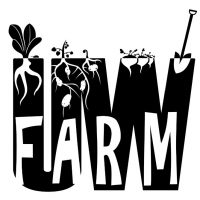
The UW Farm is teaming up with 2050 Project, a nonprofit organization that specializes in environmental communication to bring you a 6-part video series about sustainable food systems and urban farming!
Read moreUW Farm Weekly Dirt: Wrapping Up the Season
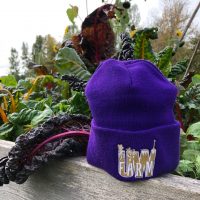
Like most farms around this time, the UW Farm is officially wrapping up the growing season! We are entering a time of Rest, Reflect, and Refresh.
Read moreA Berry Colorful Winter Beginning
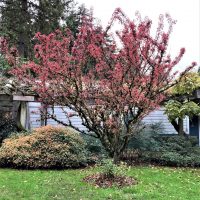
1) Malus ‘Adirondack’ Adirondack Crabapple
A small deciduous, sun-loving tree with multi-seasonal interest.
Mass amounts of dark pink buds open to form large fragrant white blossoms in late spring as new foliage emerges.
After flowering, it becomes heavily laden with seemingly glowing, pink, cherry-like fruit which last well into winter.
Rightfully so, this stunning little tree has received the “Award of Garden Merit” from the Royal Horticultural Society.
UW Farm Weekly Dirt: Seed Saving Season
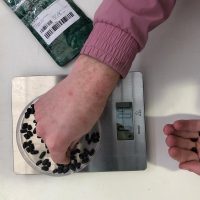
Around the Farm: Seed Saving Season by Kove Janeski, UW Farm Student Staff
As the growing season wraps up in the PNW, the UW Farm team is hard at work threshing, collecting, counting, and storing seeds for the future. Seed saving is an important task for many farms and gardens that aim to be more sustainable and cost-effective.
At the farm, we collect seeds from the most productive open-pollinated and self-pollinated plants throughout the growing season to pass on genes that are more likely to be regionally adapted to the microclimate at UW.
December 2021 Plant Profile: Western White Pine and White Pine Blister Rust

Western white pines (Pinus monticola) are five-needled pines that are native from southern British Columbia to southern California. In the northern parts of their range, including in western Washington, they can be found from sea level up to about 5,000 feet in elevation. As their range extends southward they are found at higher elevations. Western white pines are often found in sites with low-nutrient, gravelly soils, where they compete successfully with other native conifers such as Douglas-firs.
Read moreUW Farm Weekly Dirt: Around the Farm
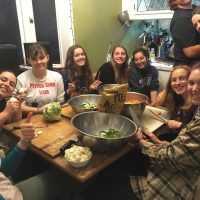
by Liran Zimand, UW Farm Student Staff, HFS & Athletics Produce Sales Lead
I have been working on the farm since March of this year, but I have been a member of the UW Farm Club Dirty Dozen since my first week on campus as a freshman in 2019.
The name “Dirty Dozen” originates back to the founders of the UW Farm.
UW Farm Weekly Dirt: Reflections on Native American Heritage Month
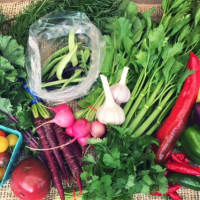
Around The Farm
All over the nation many individuals and families will be celebrating Thanksgiving this week. What that looks like depends on a number of things, including where you live, access to food, and history of your culture. There are regional differences and different views on this holiday.
November is also Native American Heritage Month and as a result many valuable sources of this American (or European) tradition are readily available.
